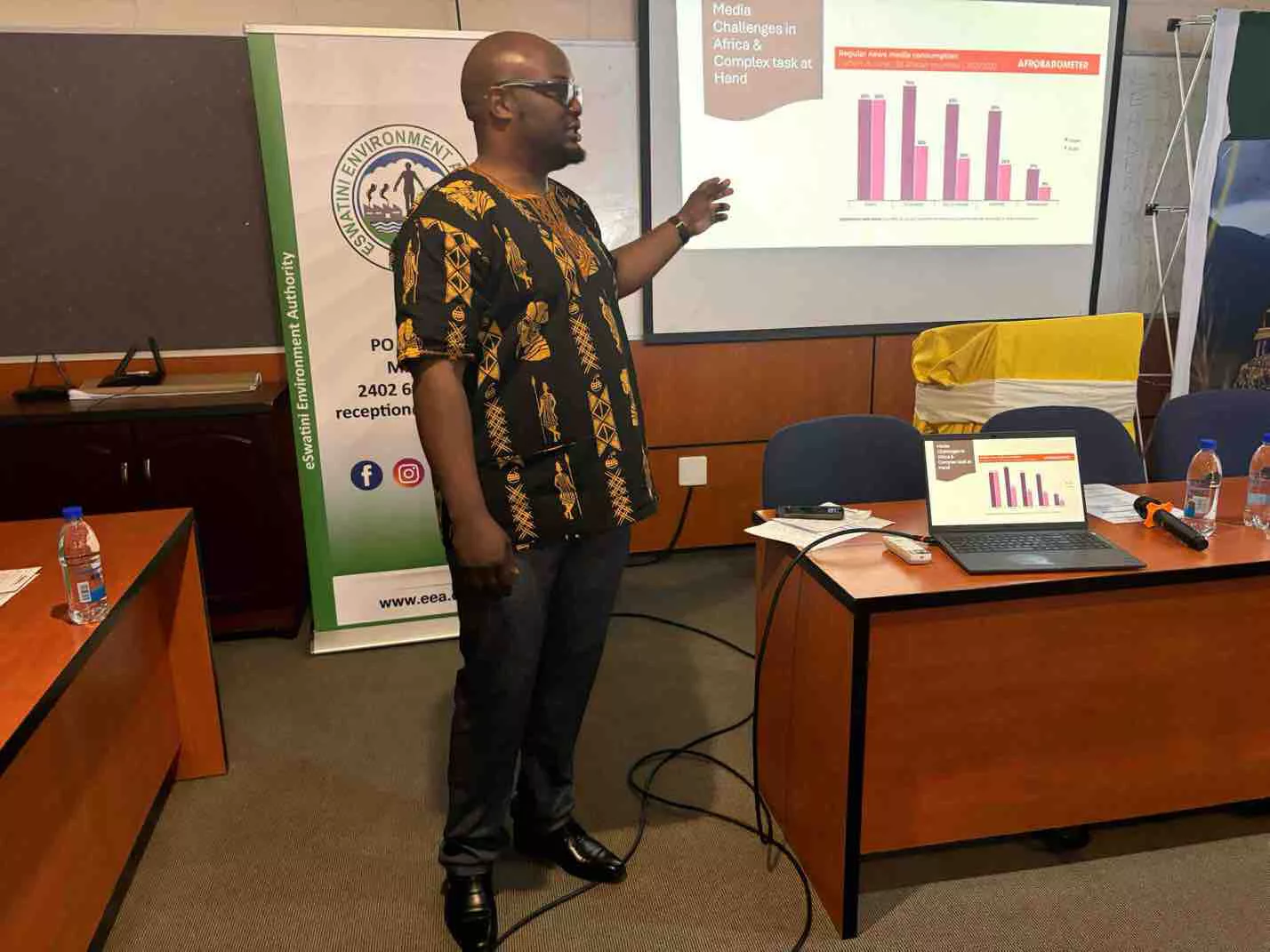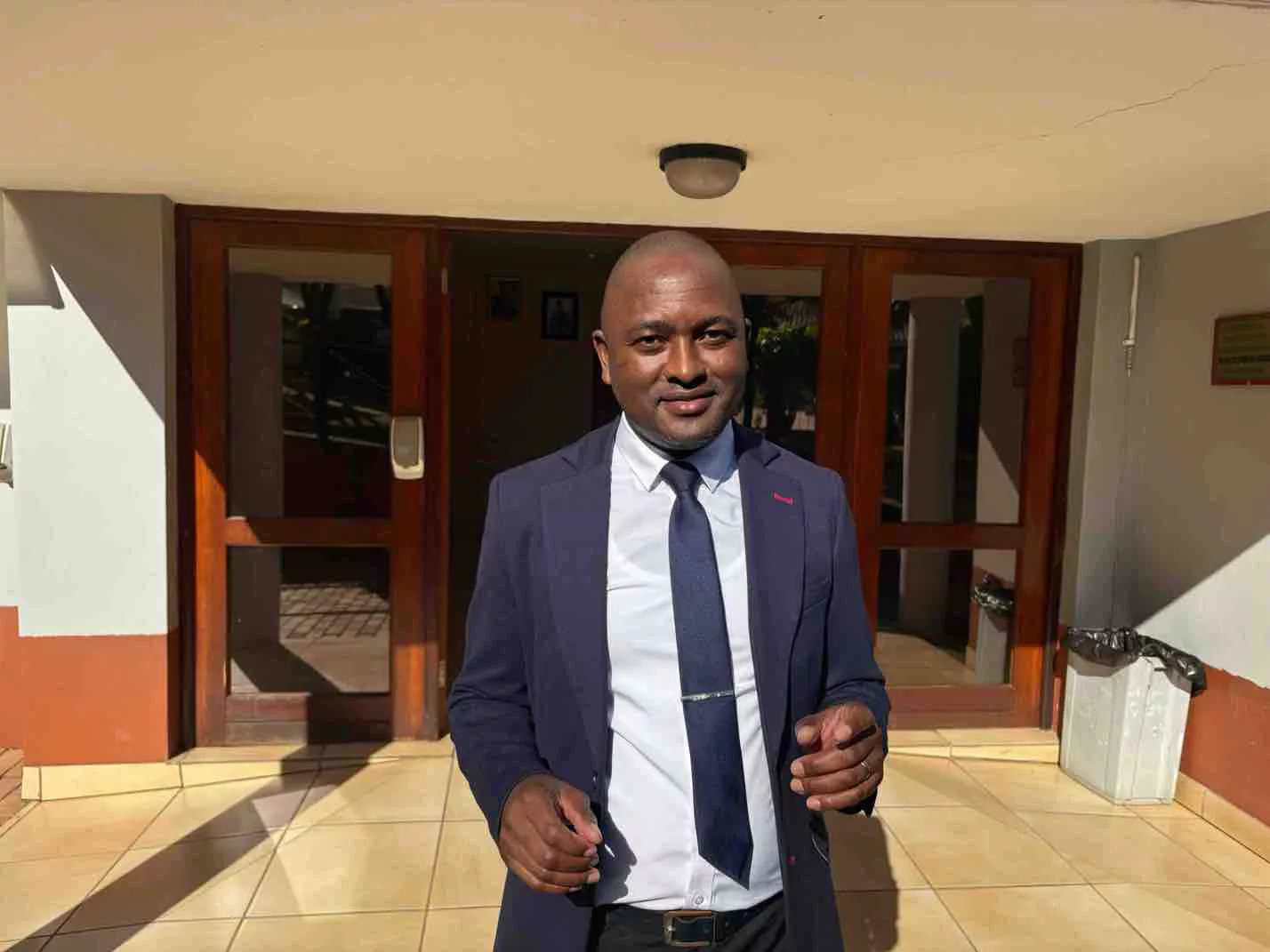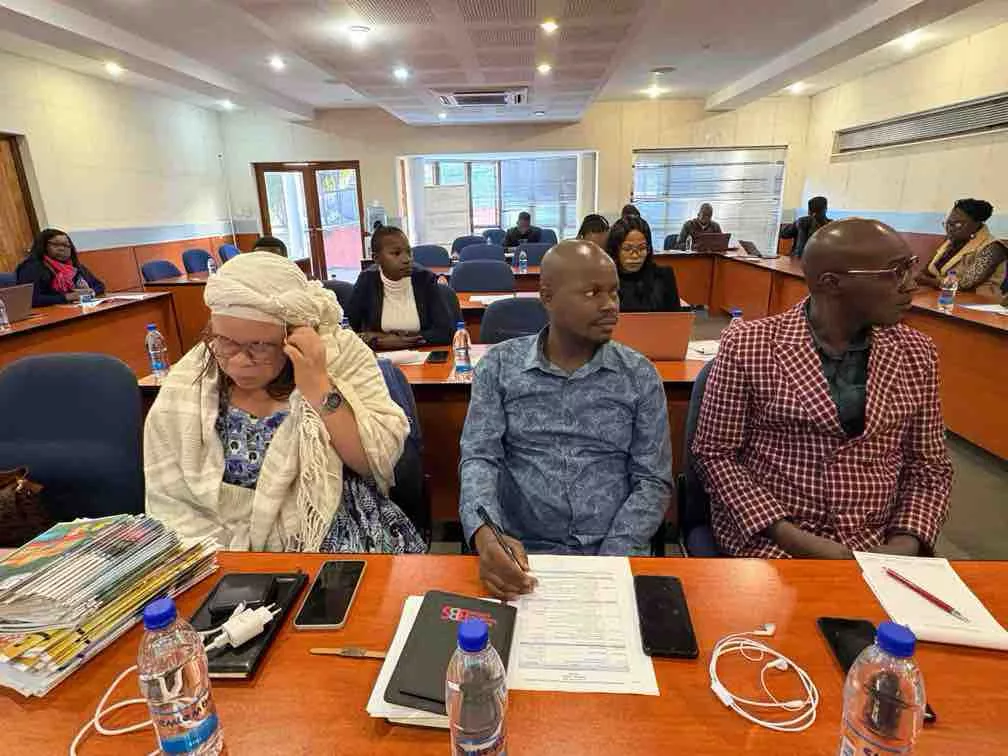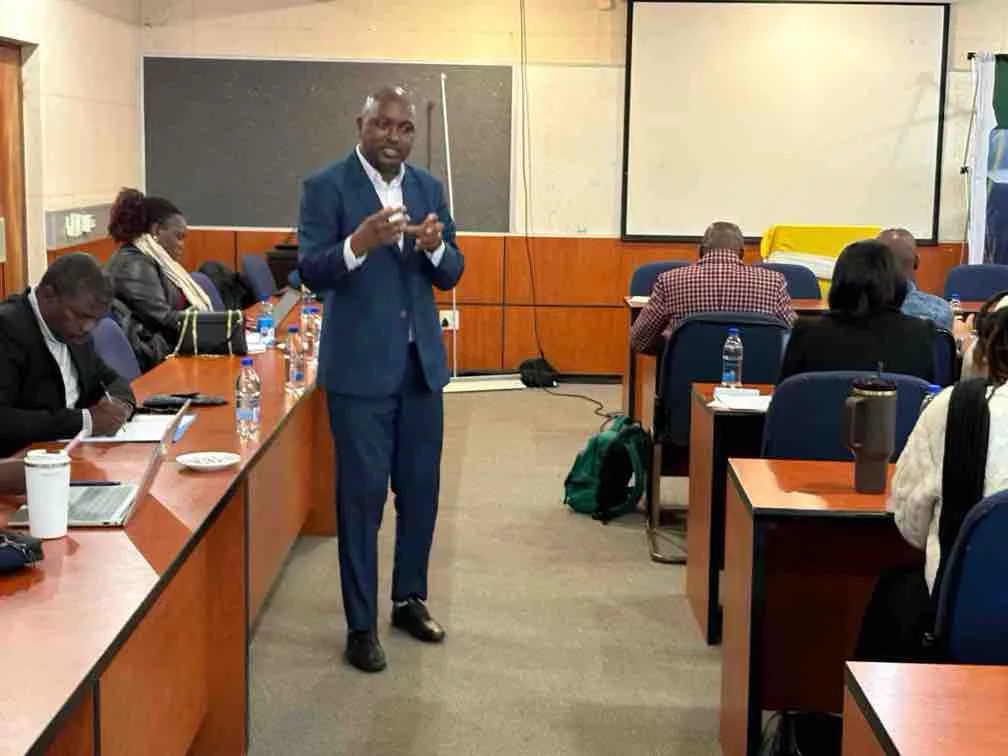|
Getting your Trinity Audio player ready...
|
The Southern African Development Community (SADC) is holding a Stakeholders’ Technical Meeting and a Senior Official Meeting of the Affected Member States on the Resolution of the Challenges at the Kasumbalesa Border Post from 4 to 7 February 2025 in Harare Zimbabwe.
The summit in August 2024 directed the SADC secretariat to convene an inter-ministerial meeting of transporters, trade, security, and customs to address the perennial challenges at the Kasumbalesa Border post between Zambia and DRC.
Speaking to Spiked Online Media on the sidelines of the meetings, Mr. Dhunraj, Kassee, the Director of the Industrial Development and Trade Directorate of SADC said Kasumbalesa is fraught with border delays, long queues of trucks and containers, corruption, and lack of coordination.
“These challenges lead to an increase in the cost of doing business at the border. These challenges do not necessarily affect DRC and Zambia, but also impact the whole corridor of the North-South corridor and the Lobito corridor, meaning it affects the whole SADC region in a way. Investing and addressing the challenges at the Kasumbalesa Border will not only enhance trade facilitation between Zambia and DRC but will also impact very positively on the SADC region and even beyond.
“After the stakeholders meeting today, then we will have the senior officials meeting tomorrow, where the senior officials will prepare the meeting of an inter-ministerial meeting, which we are planning for April to look at how we can resolve the challenges at Kasumbalesa. As the SADC Secretariat, we are preparing an approach to proffering solutions for the whole corridor,” Mr Kassee said.
He said there are several ways of addressing non-tariff barriers.
“Firstly, we have the SADC Protocol on Trade which doesn’t allow the proliferation of non-tariff barriers because in a free trade area you find that as much as our tariffs go down, there is a tendency of several non-tariff barriers coming. We have also created different structures including national monitoring committees in member states. The role of these national monitoring committees (NMCs) which also include experts from the public sector and private sector is to address non-tariff barriers at the national level. So, if there is an NTB at the national level, normally the role of the NMC is to address and eliminate those NTBs.
“Now, if there is an NTB from a regional perspective that affects two countries, this is where the REC, I mean the SADC secretariat’s role comes in.
And then they try to engage with the member states, both member states and try to resolve through, again, the national monitoring committees.
Then, at the regional level, we also have different subcommittees including the subcommittee on trade facilitation which try to address non-tariff barriers beyond customs.”
“There has been progress in implementing the SADC free trade area but some challenges remain. One of the Secretariat’s objectives in terms of regional integration agenda is to attain the SADC free trade area, which was already attained in 2008. Then, of course, I’m pleased to inform you that out of 16 member states, 13 member states are party to the free trade area, excluding Comoros, DRC, and Angola.”
The SADC Protocol on Trade, for instance, is a very effective mechanism to ensure a coordinated approach to the implementation of not only trade and customs, but all different areas that are of priority, be it infrastructure, peace and security, environment, and climate change. The Protocol has different annexes dealing with issues of rules of origin, trade facilitation, customs procedures, transit procedures, technical barriers to trade, and sanitary and phytosanitary procedures.
Mr. Desiderio Fernandes, the President of the Federation of Clearing and Forwarding Associations of Sovereign Africa said as a collective regional body, they represent the freight industry in Africa.
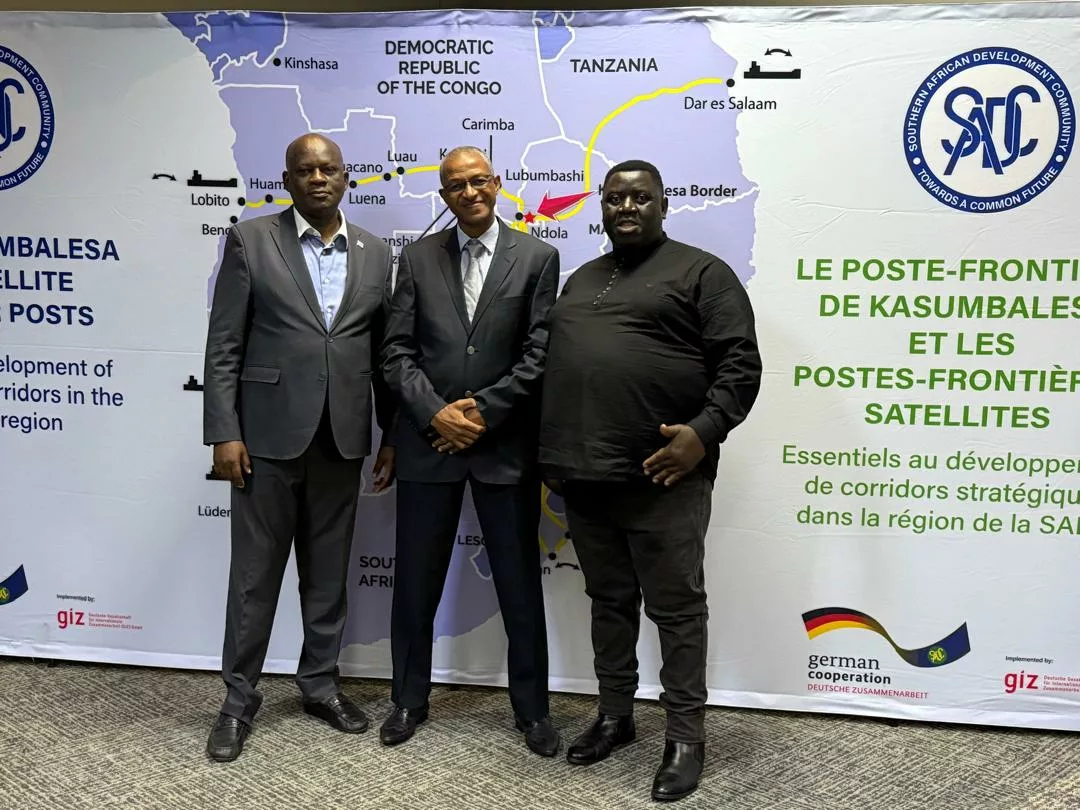
“We are a federation that initially started as SADC in 2010 and in 2021 we changed our constitution to become a pan-African one. Our role is basically to advocate for a conducive work environment for the freight industry, conducive trade policies across the region, as well as trade-facilitated working environments, at national and regional levels. Now, as an industry, what we have seen over the years and some of the foremost challenges we have is the digitalization of our primary stakeholders, interconnectivity between member states, and special custom-to-custom platforms. Then we have the single window concept.
“The majority of the countries in SADC now have a single window, but they are very much underutilized. And then the one-stop border post, which in the case of Zimbabwe, you have an example of a very good one-stop border post, which is the Beit Bridge. So our main focal point at this moment is basically to ensure our counter-stakeholders, our business partners, which is customs as the primary entry point, are digitalized. They have a single window, a digital single window. And in the digital single window, one of our cries and requirements is that the other government entities are also integrated into that digital single window. Because then it becomes a one-stop shop for the interconnectivity between the private to the public sector and vice versa,” Mr. Fernandes said.



